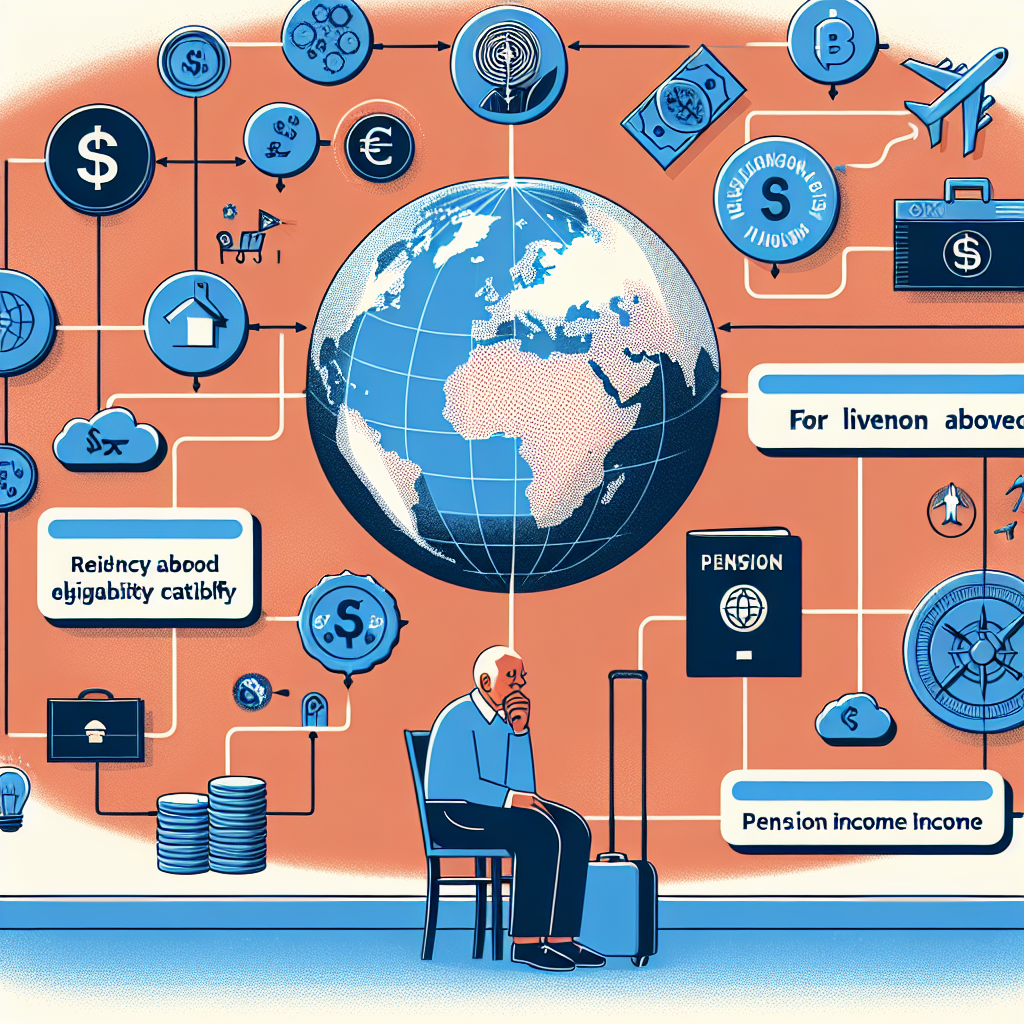
The hidden energy guzzlers – Tiktok and Youtube
by bernt & torsten
You who do everything to save electricity when prices are soaring – time to cut back on mobile surfing streamed movies and games. The data centers that digital media use are gigantic energy guzzlers.
In the same way that you turn down the heat to save energy, it is clear that you should review your internet usage. Mobile surfing can draw more energy than you might think. Last year, global data traffic accounted for just over one percent of total energy consumption, or 260 to 340 terawatt hours (TWh), according to the International Energy Council (IEA) figures.
IT use accounts for nearly 10 percent of global electricity consumption, around 2,000 terawatt hours. Then the consumers’ equipment, data centers, networks, communication and hardware manufacturing are included.
And it is mainly the streaming of videos, movies and TV series, and graphics-intensive online games that draw the most electricity.
Our data usage hardly goes down, either. Our need for data will likely increase by around 30 percent annually. At the same time, the availability of electricity is not increasing at the same rapid rate, something that has become apparent now with the rising electricity prices.
In line with increased digitization, the various digital services are used much more, which means overall usage is increasing all the time.
The data centers are energy thieves.
The data centers, consisting of many servers that store and process information, draw a large amount of energy. According to the IEA, the world’s data centers accounted for around one percent of global electricity consumption last year. And that’s not counting cryptocurrency mining, which by some estimates, draws as much electricity as all other types of data centers combined.
The amount of energy that data use takes increases significantly regarding sharing content. It is becoming more and more common with apps like Instagram and Tiktok, where you share shorter video clips. It is usually said that 70 to 80 percent of all traffic in the world’s mobile network is video.
Writing a single post on Facebook draws nothing, but if you start working with sharing content, it draws significantly more.
Rapid development
At the same time, development is fast for making data centers more energy efficient through product development, which means that significantly less energy is used per data set now compared to before. On the other hand, data use is increasing at a rate at least as fast, which means that it can be good for more people to review their internet usage to save on electricity.
In the same way that you lower the heat a little to save on electricity, it is clear that you should review your internet usage.
Reduce screen size
The energy used depends much more on the screen than the video we watch. If you want to save energy easily, you can reduce the screen size, i.e. choose a smaller screen than the home theatre or a TV with 4K resolution. It saves electricity not only in homes but also in data centers and networks by reducing data traffic.
But how big of a difference would we notice in our electricity bills if everyone cut back on their surfing? How significant an effect it would have can be challenging to determine, but you can probably say there would be a particular difference.

Navigating the Procrastination Pitfalls of the AI Tool Explosion
Maintaining focus and productivity is crucial in an era defined by a constant influx of AI...

The Impact of Living Abroad on Pension Eligibility and Income
Understanding how pension systems interact becomes crucial when people work across multiple...

Tech Disillusionment
For four decades, I have worked in the tech industry. I started in the 1980s when computing...